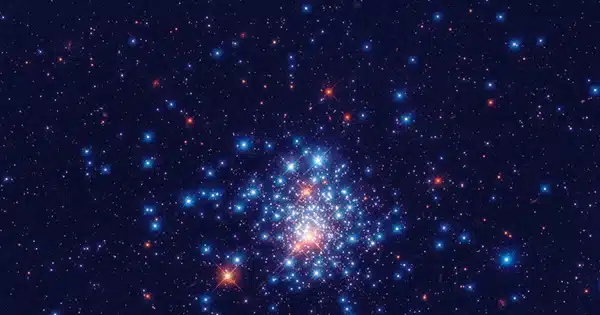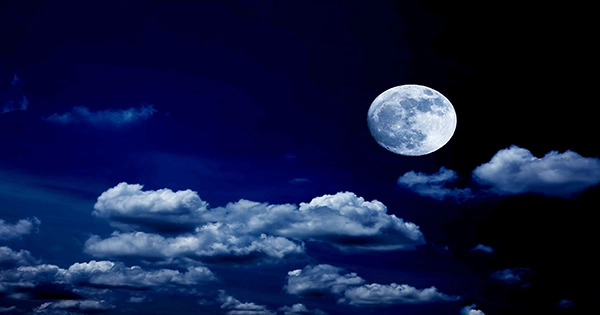The new moon will provide the dark skies required for skywatchers to see several spectacular astronomical objects in the Messier catalog this week.
According to In-The-Sky, the actual time of August’s new moon is 5:39 a.m. EDT (0939 GMT) on Wednesday (Aug. 16), but skies will be gloomy on Tuesday (Aug. 15) as well, with the moon only 1% illuminated.
The lunar face is completely dark during the new moon phase, and the moon rises and sets with the sun. That implies it’s gone for the majority of the night, removing at least one big impediment to viewing deep-sky objects. This comprises a wide variety of objects included in astronomer Charles Messier’s famous catalog, such as dense clusters and groupings of stars seen throughout our Milky Way galaxy.

Among these is the Messier 2 (M2) globular cluster (a dense clump of stars) in the constellation Aquarius. M2 has been visible in the evening sky for weeks and will peak on Tuesday, August 15. According to In the Sky, M2 will peek over the horizon to the southeast at about 9:05 p.m. EDT (0105 GMT on Aug. 16) from New York City.
M2 is around 37,000 light-years from Earth and has a magnitude of about 6.6, indicating that the star is relatively faint. Even without the moon’s light, skywatchers will need a telescope or binoculars to see it.
M2, which contains approximately 150,000 stars, is notable in the Messier Catalog because it was the first globular cluster to be added to the list of astronomical objects. Globular clusters, like M2, are conglomerations of stars that are gravitationally bonded together and increase denser towards their centers.
Messier 11 (M11), often known as the Wild Duck Cluster, is an open cluster situated 6,200 light years from Earth, and Messier 26, another open cluster located roughly 5,000 light years away, both in the tiny constellation Scutum. A skywatching or stargazing app may be useful in detecting some of these lesser-known constellations, particularly deep sky objects.
The gloomy sky around the new moon will also allow astronomers to identify other Messier catalog objects using backyard telescopes. This includes the Butterfly Cluster, often known as Messier 6 (M6), an open star cluster in the constellation Scorpius. Open clusters are collections of stars that are thought to have formed at the same moment from collapsing clouds of gas and dust. The Sagittarius Star Cloud, or Messier 24 (M24), and Ptolemy’s Cluster, or Messier 7 (M7), will also be visible in Scorpius.
Messier 39 (M39), a massive open cluster located 824 light-years from Earth and visible in the constellation Cygnus, the Swan, is another attractive cluster for astronomers to target during the dark sky surrounding the new moon. Messier 29 (M29), often known as the Cooling Tower, is an open cluster located around 7,200 light-years from Earth.
If you want to see Messier catalog objects for yourself, our guides to the best telescopes and best binoculars are excellent places to start.
Check out our recommendations on the best cameras for astrophotography and the best lenses for astrophotography if you want to take images of deep-sky objects or the night sky in general.















